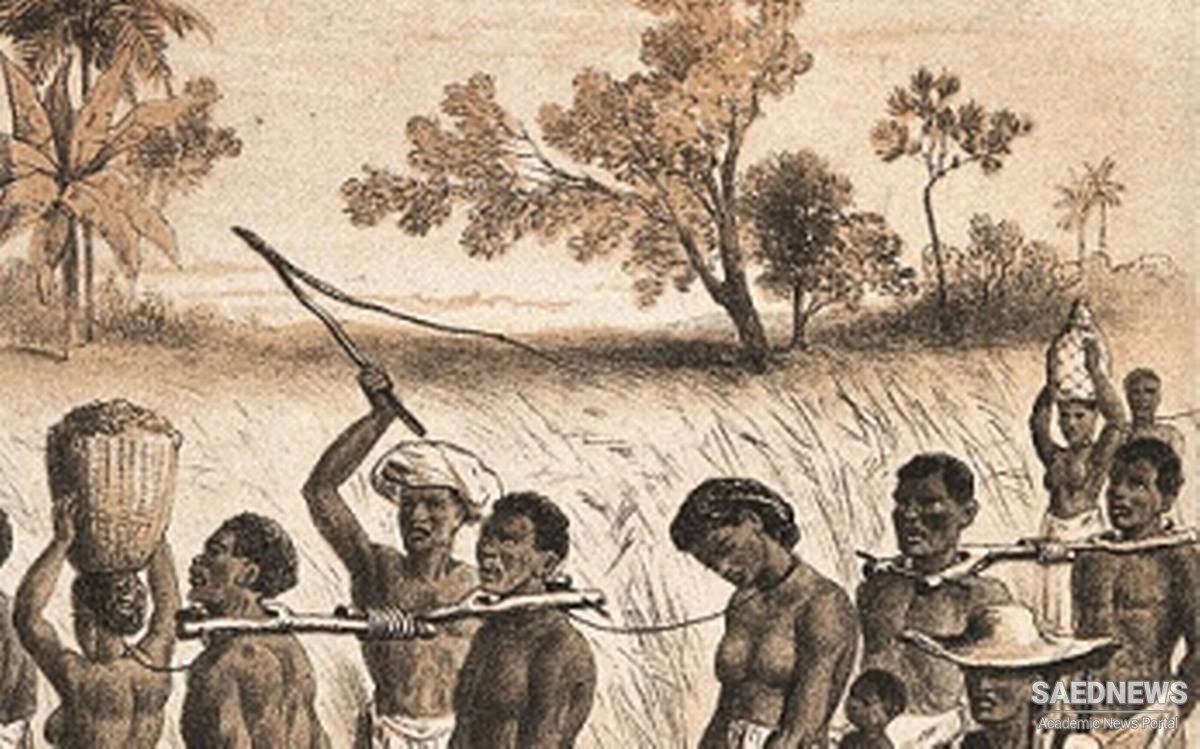Western Europe and Africa had a relationship which ensured the transfer of wealth from Africa to Europe. The transfer was possible only after trade became truly international; and that takes one back to the late 15th century when Africa and Europe were drawn into common relations for the first time — along with Asia and the Americas. The developed and underdeveloped parts of the present capitalist section of the world have been in continuous contact four and a half centuries. The contention here is that over that period Africa helped to develop Western Europe in the same proportion as Western Europe helped to underdevelop Africa.Europeans used the superiority of their ships and cannon to gain control of al] the world’s waterways, starting with the western Mediterranean and the Atlantic coast of North Africa. From 1415, when the Portuguese captured Ceuta near Gibraltar, they maintained the offensive against the Maghreb. Within the next sixty years, they seized ports such as Arzila, El-Ksar-es-Seghir and Tangier, and fortified them. By the second half of the 15th century, the Portuguese controlled the Atlantic coast of Morocco and used its economic and strategic advantages to prepare for further navigations which eventually carried their ships round the Cape of Good Hope in 1495. After reaching the Indian Ocean, the Portuguese sought with some success to replace Arabs as the merchants who tied East Africa to India and the rest of Asia. the 17th and 18th centuries, the Portuguese carried most of the East African ivory which was marketed in India; while Indian cloth and beads were sold in East and West Africa by the Portuguese, Dutch, English and French. The same applied to cowry shells from the East Indies. Therefore, by control of the seas, Europe took the first steps towards transforming the several parts of Africa and Asia into economic satellites (Source: How Europe Underdeveloped Africa).


 European Colonizers and African Resistance Movements
European Colonizers and African Resistance Movements














































